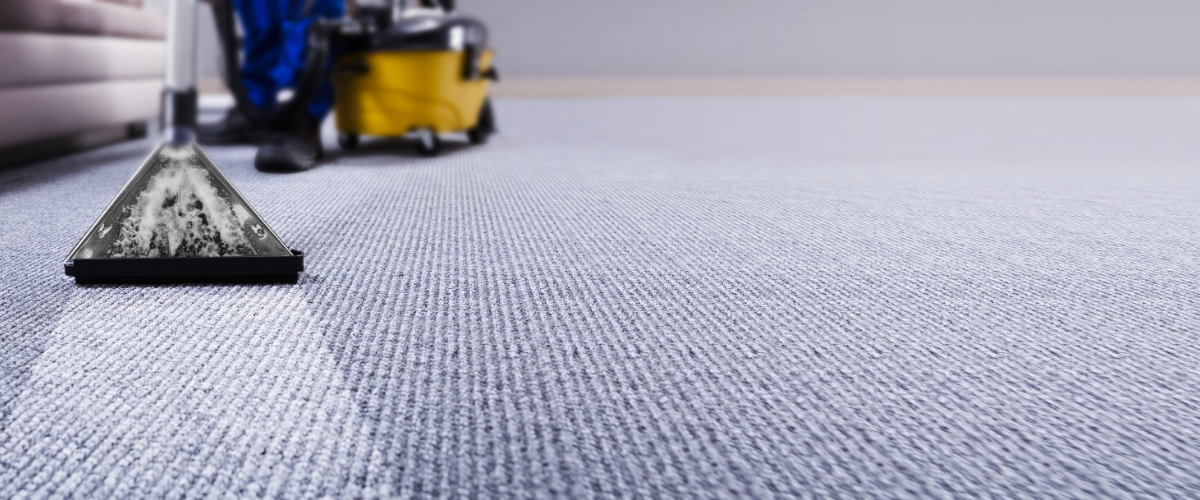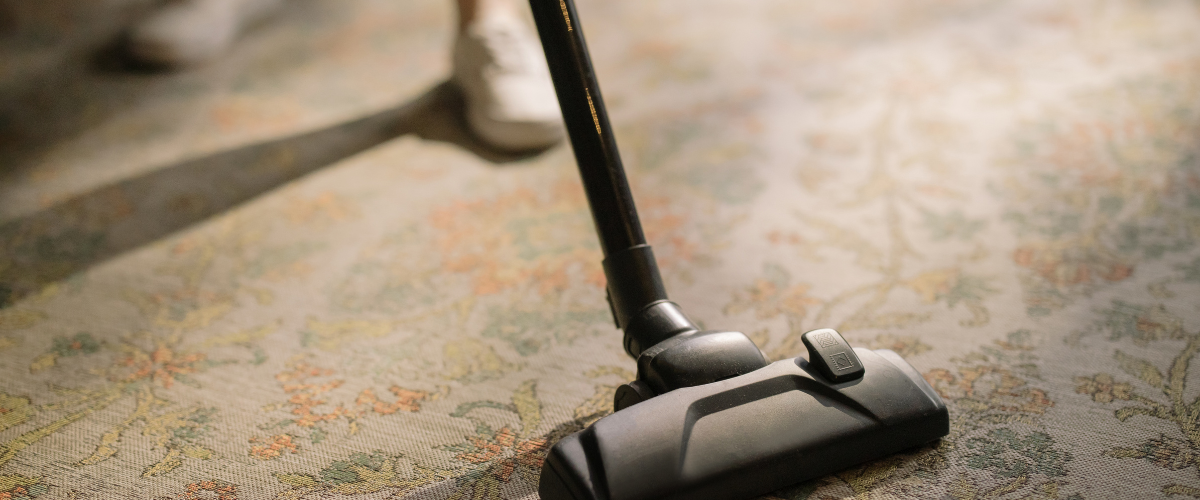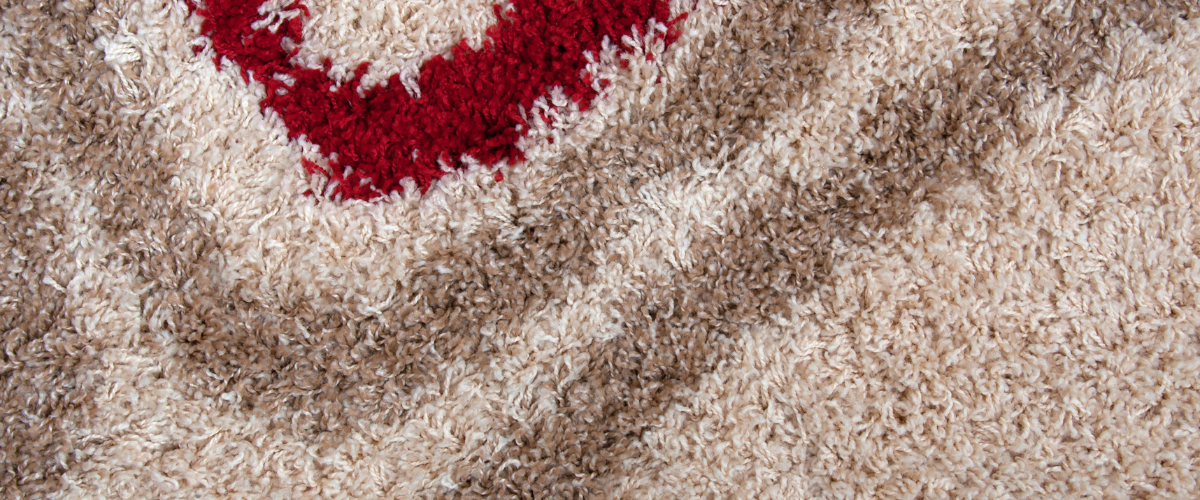Bond cleaning, often referred to as end-of-lease cleaning, is a crucial aspect of the rental process in Australia. When tenants are moving out of a rental property, they are typically required to ensure that the property is left in a clean and pristine condition. The purpose of bond cleaning is to meet the cleanliness standards set by landlords or property managers and to secure the return of the rental bond, which is a significant financial aspect of renting a property. Bond cleaning is essential to ensure a smooth transition between tenants, maintain the property’s condition, and fulfil legal and contractual obligations. In this guide, we will explore the details of bond cleaning, its significance, and how tenants can navigate this process effectively in the Australian rental market.
Bond Cleaning and Rental Properties: Ensuring a Smooth Transition
Bond cleaning, also known as end-of-lease cleaning, is a crucial process for tenants in rental properties in Australia. When tenants decide to vacate a rental property, they are often required to perform bond cleaning to meet specific cleanliness standards set by landlords or property managers. The primary purpose of bond cleaning is to restore the property to its original condition, ensuring it is clean and well-maintained. This cleaning is essential because it directly affects the return of the rental bond, a significant financial aspect of renting a property. Bond cleaning ensures a seamless transition between tenants, maintains the property’s condition, and fulfils both legal and contractual obligations. In essence, it is a vital step in the rental process that benefits both tenants and property owners in Australia.

Bond Cleaning Checklist: Areas and Items to Address
When performing bond cleaning in a rental property, tenants are typically expected to address the following areas and items to ensure the property meets cleanliness standards:

- Kitchen: This includes cleaning the oven, stove, range hood, microwave, and all kitchen surfaces, including countertops and cabinets.
- Bathroom: Thoroughly clean the toilet, shower, bathtub, sinks, mirrors, and any bathroom fixtures.
- Bedrooms: Dust and clean all surfaces, including built-in wardrobes, closets, and windowsills.
- Living Areas: Vacuum or steam-clean carpets and clean any hard floors. Wipe down all surfaces, including light switches and door handles.
- Windows: Clean both interior and exterior windows, including frames and tracks.
- Walls: Remove any marks or stains from walls and doors, and ensure they are clean and free of scuff marks.
- Ceilings and Cornices: Check for cobwebs and dust, and clean as needed.
- Light Fixtures: Dust and clean light fixtures, including ceiling fans.
- Air Vents: Ensure air vents are clean and free of dust and debris.
- Appliances: Clean and defrost the refrigerator and freezer, and wipe down the exterior of all appliances.
- Garage: If applicable, clean the garage space, including any oil spills or stains on the floor.
Meeting these cleaning requirements is essential to successfully complete bond cleaning and secure the return of the rental bond in Australia.
Bond Cleaning vs. Regular Cleaning: Understanding the Difference
Bond cleaning, also known as end-of-lease cleaning, differs from regular cleaning routines in several key ways. While regular cleaning typically involves routine maintenance tasks such as dusting, vacuuming, and surface cleaning, bond cleaning is a more comprehensive and detailed process. Bond cleaning aims to bring the property back to its original condition, ensuring it is left in pristine condition for the next tenant. The level of cleanliness expected in bond cleaning is typically higher, with a focus on deep cleaning and addressing areas that may not receive regular attention. This includes cleaning appliances, fixtures, windows, walls, and even addressing specific stains or marks. The goal is to meet the cleanliness standards set by landlords or property managers to secure the return of the rental bond, making bond cleaning a crucial step when vacating a rental property in Australia.

Achieving Successful Bond Cleaning Results: Recommended Products and Techniques
To ensure successful bond cleaning and meet the stringent cleanliness standards set by landlords or property managers, it’s essential to use the right cleaning products and techniques. Recommended approaches include opting for non-toxic, biodegradable, and eco-friendly cleaning products, which are effective and reduce the environmental impact. Steam cleaning is excellent for deep cleaning carpets and upholstery, effectively removing dirt and stains. Microfiber cloths are highly effective in capturing dust and grime from various surfaces without leaving lint behind, while Magic Erasers can be handy for removing stubborn stains or marks from walls, doors, and baseboards. Using a quality window cleaner and squeegee ensures streak-free, crystal-clear windows. For tile cleaning, invest in grout-cleaning products or make a DIY solution using baking soda and vinegar. Ensure your vacuum has strong suction power and is equipped with HEPA filters for efficient carpet and floor cleaning. Consider professional carpet cleaning services for heavily soiled carpets. Follow comprehensive bond cleaning checklists to ensure you cover all necessary areas and items, and remember that bond cleaning requires time and attention to detail, so plan accordingly and don’t rush the process. By using these recommended cleaning products and techniques, tenants can increase their chances of achieving successful bond cleaning results and securing the return of their rental bond in Australia.

Failing Bond Cleaning Inspection: Consequences to Consider

Failing a bond cleaning inspection when vacating a rental property can have several significant consequences for tenants in Australia. These consequences may include the potential loss of the rental bond, which can be a substantial financial loss for tenants. Additionally, tenants who fail the inspection may be required to cover the costs of additional cleaning or repairs needed to bring the property up to standard. This can result in delays in receiving the bond refund, as the property may require further cleaning or repairs. In some cases, landlords or property managers may take legal action to recover additional cleaning or repair costs, which can lead to court proceedings and additional expenses for tenants. Furthermore, a failed bond cleaning inspection can impact a tenant’s rental history, potentially making it more challenging to secure future rental properties. Given these potential consequences, it is crucial for tenants to take bond cleaning seriously and ensure that they meet the cleanliness standards set by landlords or property managers to avoid these adverse outcomes.
DIY Deep Clean Challenges: Potential Hurdles for Tenants
Tenants who attempt to complete bond cleaning independently may face several challenges:

# Lack of Professional Equipment: DIY cleaning may not achieve the same results as professional equipment used in bond cleaning.
# Time-Consuming: Bond cleaning is comprehensive and time-consuming, requiring a significant investment of time and effort.
# Overlooking Details: Tenants may overlook critical areas and items that must be cleaned to meet standards.
# Ineffective Stain Removal: DIY methods may struggle to remove stubborn stains or marks effectively.
# Lack of Expertise: Without professional knowledge, tenants may not know the best techniques for deep cleaning.
# Risk of Damaging Property: Inexperienced cleaning attempts can lead to accidental damage to the property.
# Uncertainty of Standards: Not understanding the exact cleanliness standards set by landlords or property managers.
# Stress and Pressure: The stress of meeting inspection standards can be overwhelming for tenants.
# Potential Reinspection Costs: If the initial DIY attempt fails, tenants may incur reinspection costs.
# Bond Risk: The risk of losing the rental bond if the cleaning does not meet the required standards.
These challenges underscore the importance of considering professional bond cleaning services to ensure a successful inspection and the return of the rental bond.
Bond Cleaning Expenses: Can They Be Deducted from the Rental Bond?

In Australia, bond cleaning expenses can be deducted from the rental bond under specific circumstances. When tenants vacate a rental property and fail to meet the cleanliness standards set by landlords or property managers during the bond cleaning inspection, the cost of rectifying the cleaning issues can be deducted from the rental bond. The process typically involves several steps. First, an inspection is conducted after the tenant vacates the property to assess whether the cleanliness standards have been met. If cleaning deficiencies are identified, the landlord or property manager may obtain a quotation for the required cleaning or repairs. The tenant is then notified of the cleaning issues and provided with a copy of the quotation detailing the costs. At this point, the tenant can either agree to the deduction, and the cleaning or repair costs are deducted from the rental bond, or they may choose to dispute the deductions, leading to a dispute resolution process. Once the deductions are made, the balance of the rental bond is returned to the tenant. It’s important for tenants to maintain open communication with their landlords or property managers and remain transparent throughout the process to ensure a fair resolution regarding bond cleaning expenses.
Disputing Bond Cleaning Charges: Tenant’s Course of Action
If tenants have concerns or disputes regarding bond cleaning charges or deductions made by the landlord or property manager, they should follow a series of steps for resolution. First, they should carefully review the initial inspection report and compare it to the condition of the property when they moved in to understand the basis for any deductions. Next, tenants should initiate a discussion with the landlord or property manager to express their concerns and seek clarification on the charges, emphasising the importance of maintaining open communication.

Tenants can also request evidence to support the deductions, such as photographs, quotes, or invoices for cleaning services. If disputes persist, tenants should attempt to negotiate a resolution with the landlord or property manager, as they may be willing to reconsider or adjust the charges based on valid reasons.
For more challenging disputes, tenants can seek assistance from state-based tenancy authorities or dispute resolution services to mediate and resolve the issue. In extreme cases, tenants may need to attend a tribunal hearing to present their case and challenge the deductions legally. Throughout this process, tenants should maintain clear records of communication, document any evidence, and adhere to the specific dispute resolution processes outlined by their state’s tenancy authority. This approach ensures a fair and transparent resolution regarding bond cleaning charges.
Conclusion: The Importance of Bond Cleaning
In the world of rental properties in Australia, bond cleaning holds significant importance for both tenants and landlords. For tenants, it ensures the return of their rental bond and a smooth transition to their next home. For landlords and property managers, it guarantees that the property is handed over in a clean and well-maintained condition for the next occupants. Bond cleaning is not merely a chore; it’s a vital part of maintaining transparency, fairness, and cleanliness standards in the rental market. Tenants should approach bond cleaning with diligence, understanding the standards, and seeking professional assistance when needed to avoid unnecessary disputes and ensure a successful transition. Ultimately, bond cleaning plays a crucial role in upholding the integrity of the rental process for all parties involved.


